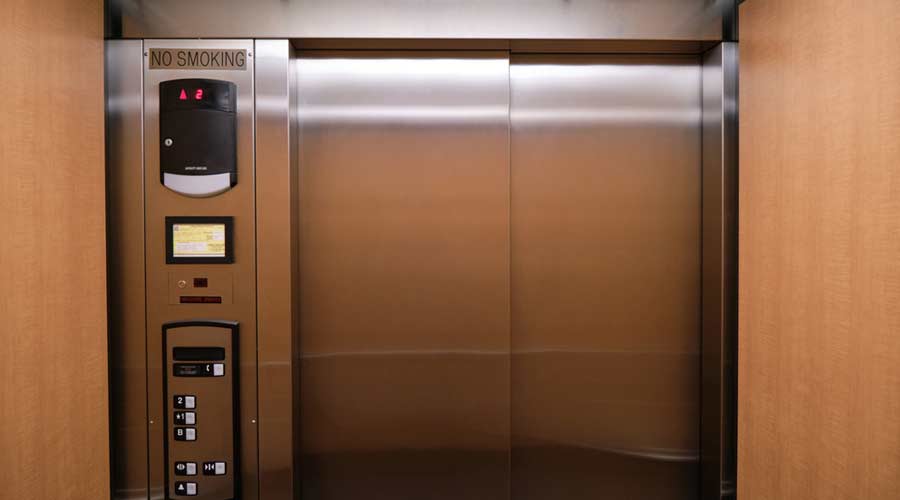Healthcare facilities managers can attest that having proper documentation is crucial to day-to-day operations. But when it comes to elevators, having the correct paperwork in place ensures the safety of the product. Without it, occupants, staff and visitors could be severely at risk. In this manufacturers roundtable, Healthcare Facilities Today talks with elevator manufacturers about the reasons facilities managers need to prioritize documentation within their organizations.
Why is it important to maintain proper documentation when it comes to elevators?
“Imagine being a doctor trying to diagnose a patient without that patient’s health history. Sure, the doctor can provide a diagnosis based on what they are seeing at that moment, but the accuracy of that diagnosis is likely improved ten-fold with the health history of that patient factored into their analysis. This also applies to an elevator. Its history must be properly documented to assist service technicians in the maintenance of elevator units. Today, that documentation is digitized, so instead of maintenance being performed when there’s an issue or failure, now the tech can predict when that elevator won’t be feeling well and proactively come onsite and replace a component at the end of its service life and keep that elevator healthy. Also, depending on the facility location, local (authorities having jurisdiction) may require it per code.”
— Kevin Robertson, executive vice president of sales, North America, TK Elevator
“Certain elevator codes prescribe varying levels of maintenance. To satisfy authorities that maintenance is being performed as it should be, documentation like check charts and maintenance control programs should be kept current. Keeping proper documentation of elevator warranties, inspections, and servicing, is also an easy way for building owners to quickly reference equipment history and condition in the event of an incident.”
— Bruce L. Peterson, director, sales and commercial strategy, Mitsubishi Electric US, Inc. - Elevator/Escalator Division
“Authorities having jurisdiction also require these records to ensure equipment meet codes, consistently pass inspections and obtain operating permits. Maintaining proper documentation not only helps with any liability issues but also helps prolong equipment life and assists in asset planning.”
— Bruce Norden, vertical market business director service business, KONE Americas
Mackenna Moralez is the associate editor of the facility market.

 Case Study: How NYU Langone Rebuilt for Resilience After Superstorm Sandy
Case Study: How NYU Langone Rebuilt for Resilience After Superstorm Sandy Frederick Health Hospital Faces 5 Lawsuits Following Ransomware Attack
Frederick Health Hospital Faces 5 Lawsuits Following Ransomware Attack Arkansas Methodist Medical Center and Baptist Memorial Health Care to Merge
Arkansas Methodist Medical Center and Baptist Memorial Health Care to Merge Ground Broken on Intermountain Saratoga Springs Multi-Specialty Clinic
Ground Broken on Intermountain Saratoga Springs Multi-Specialty Clinic Electrical Fire Tests Resilience of Massachusetts Hospital
Electrical Fire Tests Resilience of Massachusetts Hospital